Technical News
Can You Drive with a Bad Cylinder Head?
The cylinder head is a vital component of an internal combustion engine, responsible for sealing the top of the cylinders and housing critical components like valves, spark plugs (in gasoline engines), and often camshafts. 1 A malfunctioning cylinder head, or a failing head gasket (the seal between the cylinder head and engine block), can lead to a range of engine problems. This article explores the consequences of driving with a bad cylinder head and explains why it's generally not advisable.
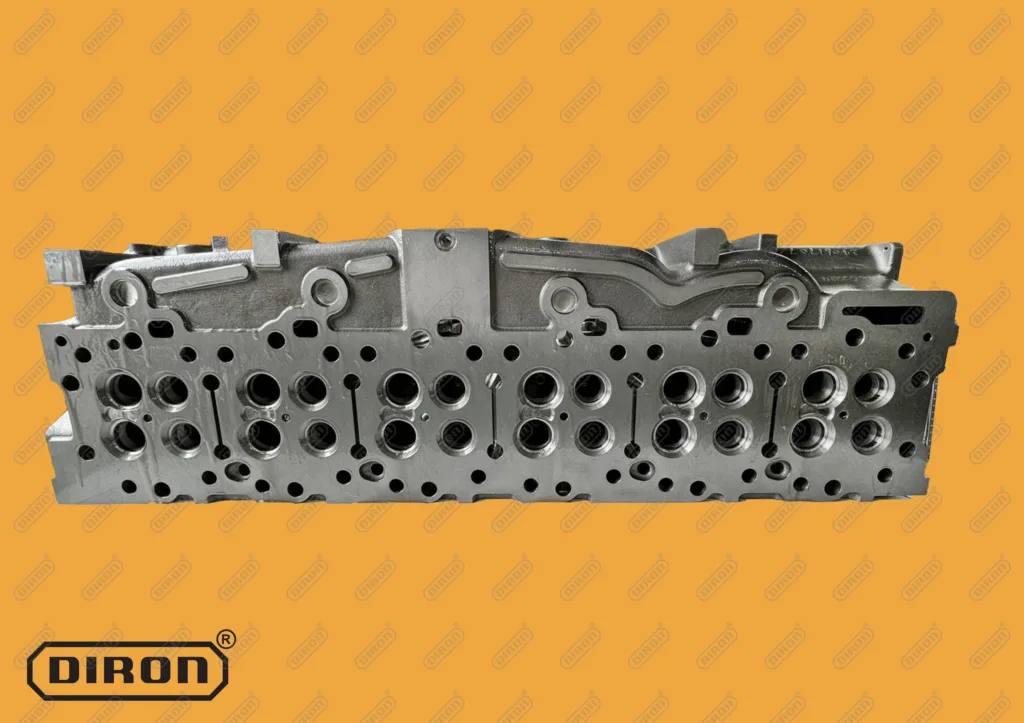
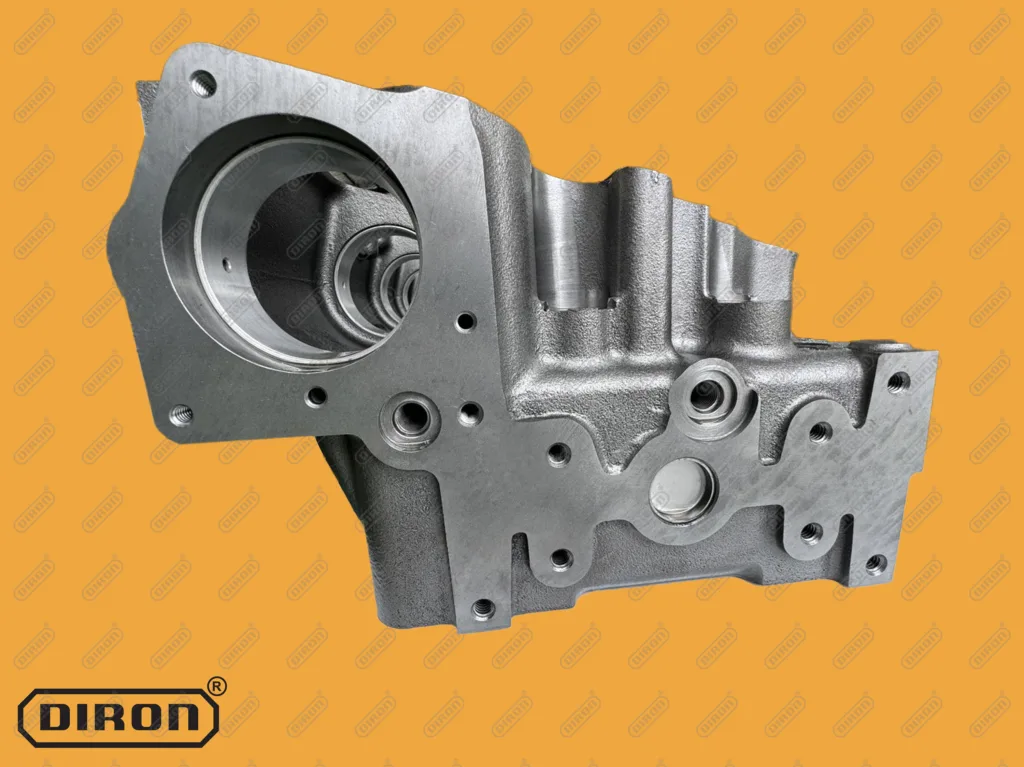
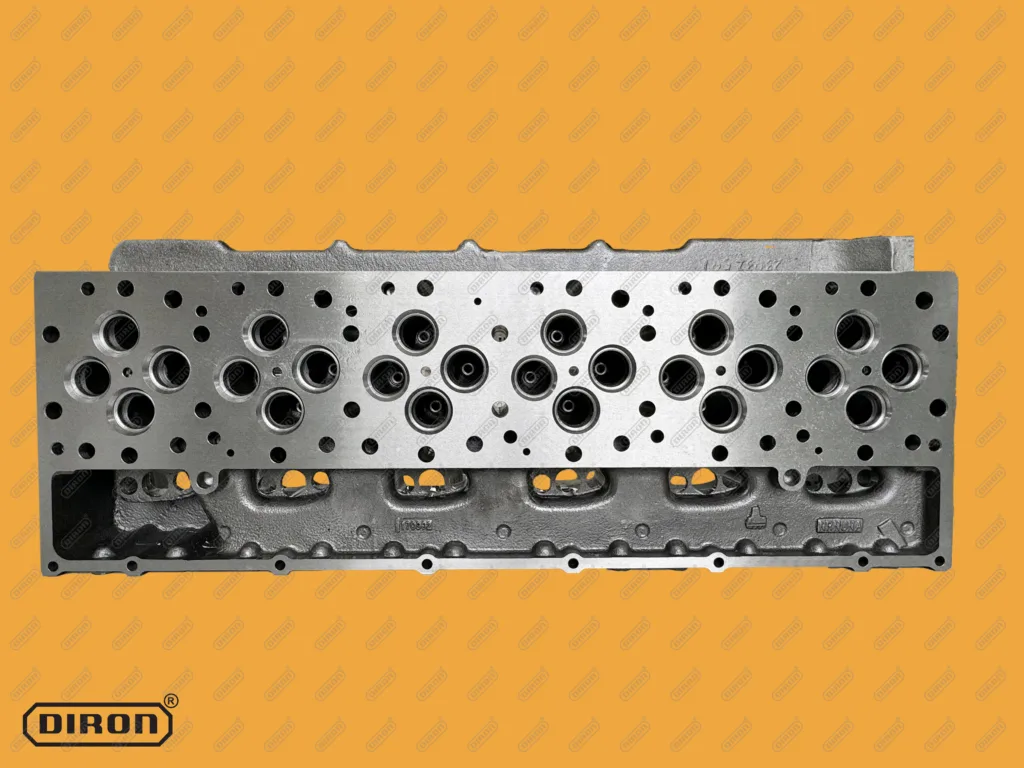
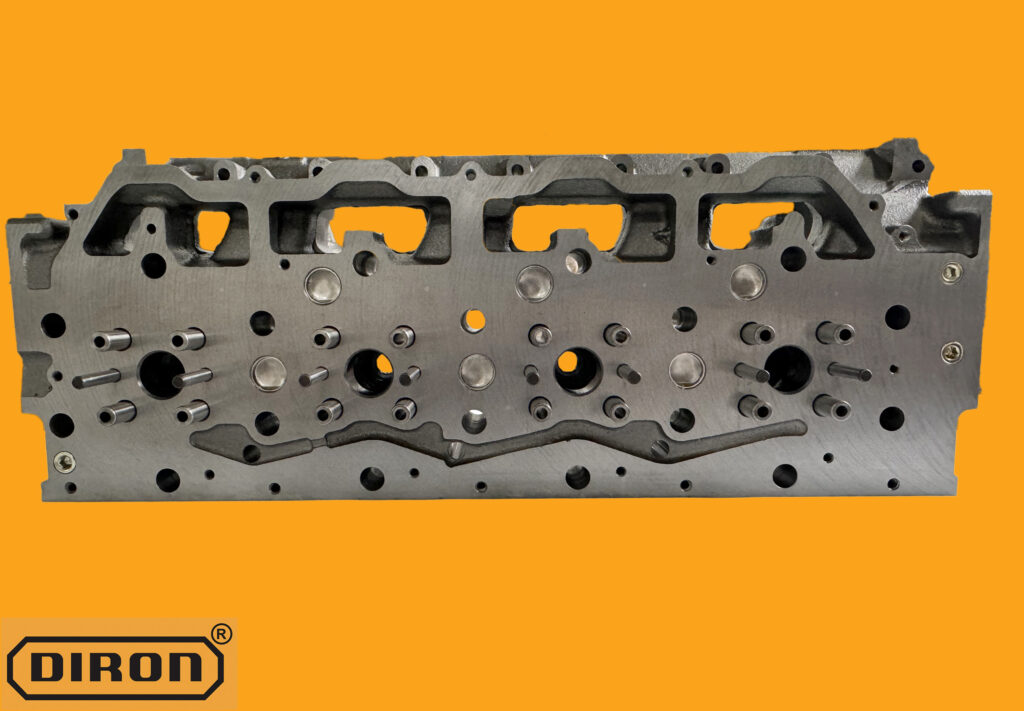
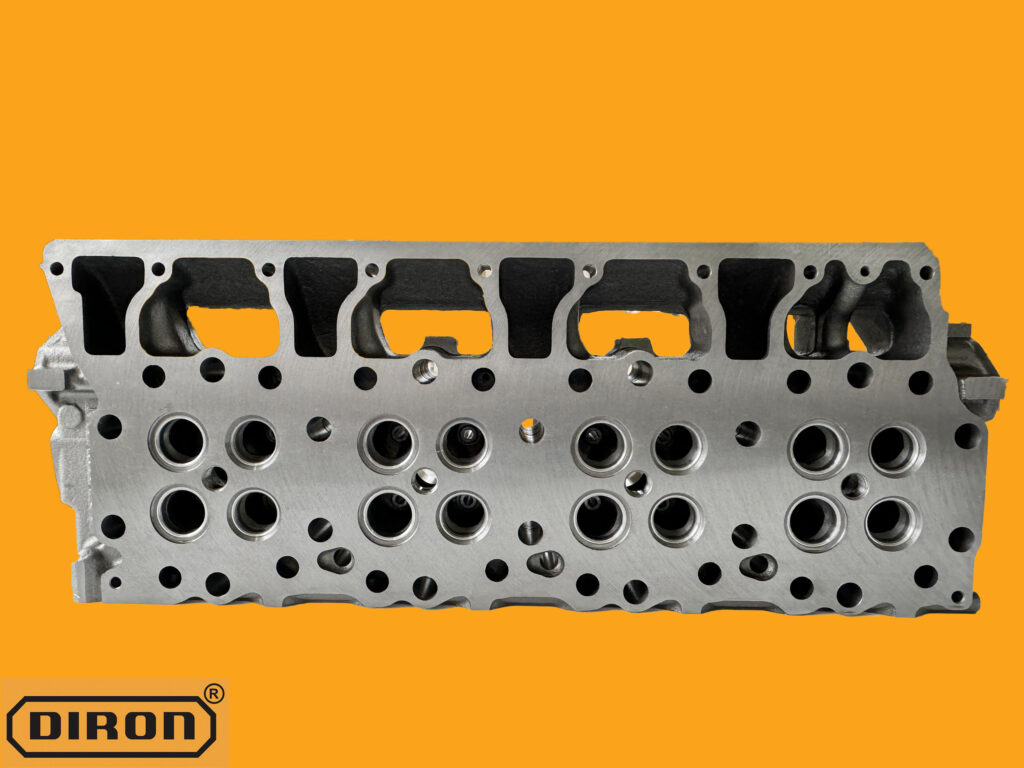
Understanding the Risks:
Driving with a damaged cylinder head or head gasket can exacerbate existing problems and lead to severe engine damage. The risks include:
- Engine Overheating: A compromised seal can allow coolant to leak, leading to insufficient cooling and subsequent overheating. Overheating can cause warping or cracking of the cylinder head and even damage the engine block.
- Loss of Compression and Power: Improper sealing results in loss of compression within the cylinders, reducing power output, fuel efficiency, and overall engine performance.
- Coolant and Oil Mixing: A breach in the head gasket or a crack in the cylinder head can allow coolant and oil to mix, creating a sludge that reduces lubrication and can cause severe engine damage.
- Engine Misfires: Loss of compression or coolant entering the combustion chamber can cause misfires, leading to rough idling, vibrations, and further engine stress.
- Catalytic Converter Damage: Unburnt fuel or coolant entering the exhaust system can damage the catalytic converter, a costly component to replace.
- Hydrostatic Lock (Hydrolock): In severe cases, a significant coolant leak into a cylinder can cause hydrolock. Because liquids are incompressible, the piston cannot complete its stroke, potentially bending connecting rods or even cracking the engine block. This is a catastrophic engine failure.
Why Driving is Not Recommended:
While a minor head gasket leak might allow some limited driving, it's crucial to understand that the problem will almost certainly worsen. Driving under such conditions accelerates the damage and significantly increases the risk of more costly repairs.
- Progressive Damage: The initial problem, whether a small leak or a minor crack, will likely worsen with continued use, leading to more severe consequences.
- Safety Concerns: Reduced power, misfires, and potential engine failure can create dangerous driving conditions, especially in situations requiring quick acceleration or maneuvering.
- Increased Repair Costs: Addressing the issue promptly is crucial to minimizing repair costs. Delaying repairs can lead to more extensive damage, requiring more expensive repairs or even engine replacement.
Symptoms that Indicate You Should Stop Driving:
If you observe any of the following symptoms, it's strongly advised to stop driving immediately and seek professional assistance:
- Severe Overheating: If the temperature gauge is in the red or steam is coming from under the hood, pull over immediately and allow the engine to cool down.
- Excessive White Smoke from Exhaust: This indicates coolant entering the combustion chamber.
- Milky or Frothy Oil: This indicates coolant mixing with oil.
- Significant Loss of Power or Misfiring: These symptoms suggest severe compression loss or other engine malfunctions.
Diagnosis and Repair:
A qualified mechanic can diagnose cylinder head or head gasket problems through various tests, including:
- Compression Test: Measures the compression in each cylinder.
- Leak-Down Test: Determines the source of compression leaks.
- Coolant System Pressure Test: Checks for leaks in the cooling system.
- Block Tester: Detects combustion gases in the coolant.
- Visual Inspection: Identifies external leaks or damage.
Repair options range from head gasket replacement to cylinder head repair or replacement, depending on the extent of the damage.
References and Further Reading:
- Wikipedia - Head Gasket: https://en.wikipedia.org/wiki/Head_gasket (Provides a comprehensive overview of head gaskets)
- CarParts.com - Is It Safe To Drive With a Dead Cylinder?: https://www.carparts.com/blog/is-it-safe-to-drive-with-a-dead-cylinder/ (Discusses the dangers of driving with engine misfires, which can be related to cylinder head issues)

